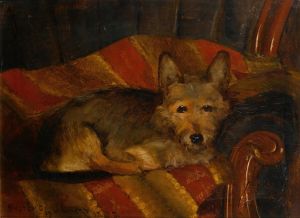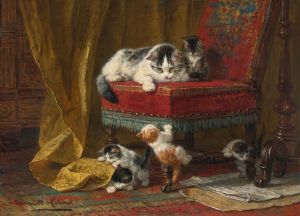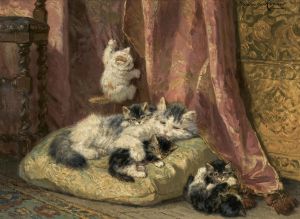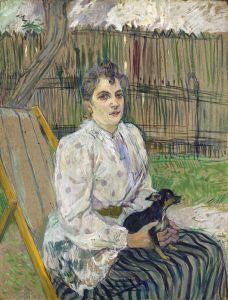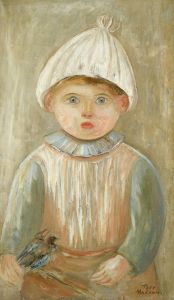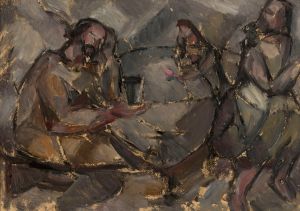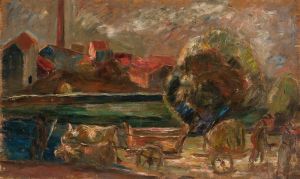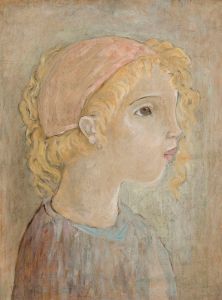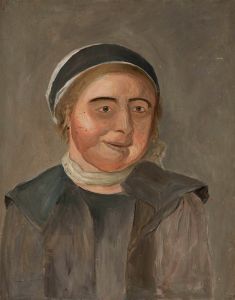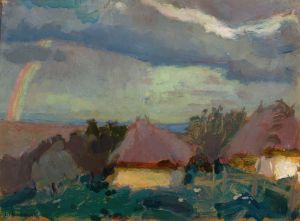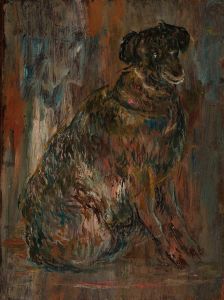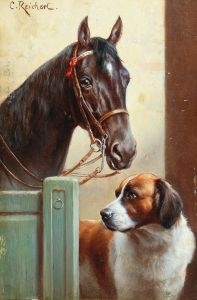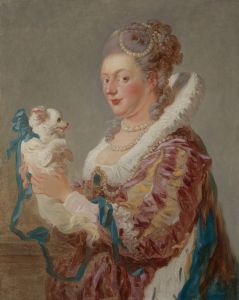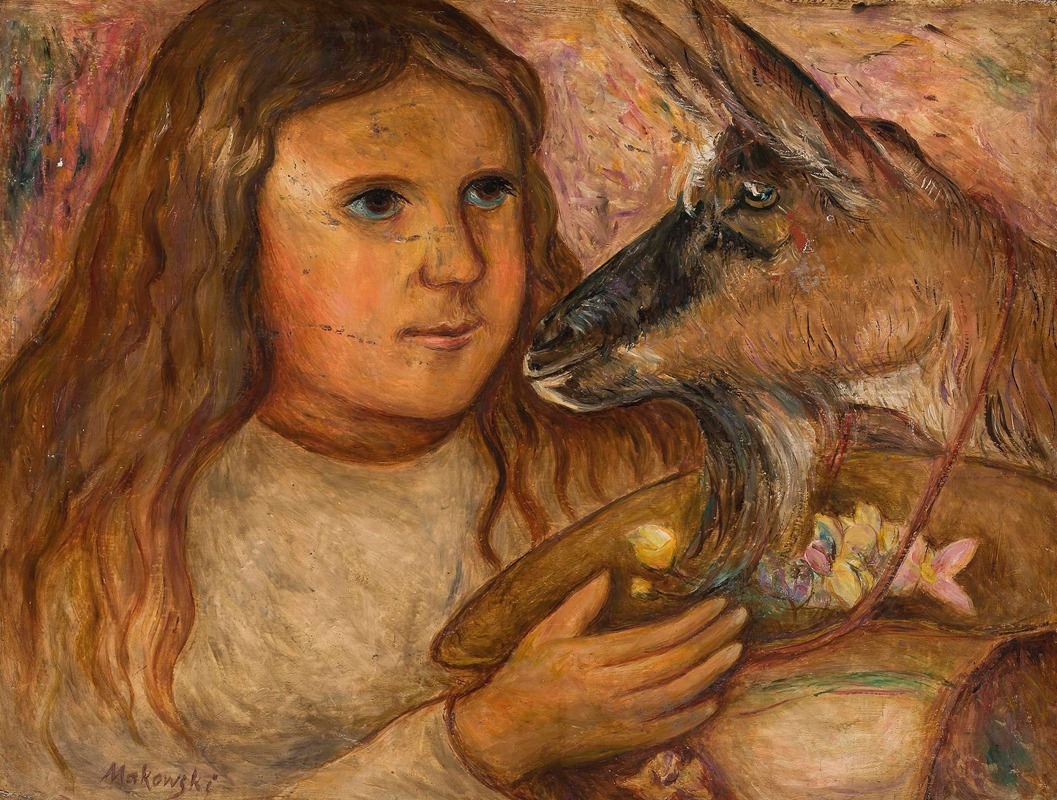
Little girl with a goat
A hand-painted replica of Tadeusz Makowski’s masterpiece Little girl with a goat, meticulously crafted by professional artists to capture the true essence of the original. Each piece is created with museum-quality canvas and rare mineral pigments, carefully painted by experienced artists with delicate brushstrokes and rich, layered colors to perfectly recreate the texture of the original artwork. Unlike machine-printed reproductions, this hand-painted version brings the painting to life, infused with the artist’s emotions and skill in every stroke. Whether for personal collection or home decoration, it instantly elevates the artistic atmosphere of any space.
Tadeusz Makowski was a Polish painter known for his unique style that combined elements of folk art, symbolism, and modernism. He was born on January 29, 1882, in Oświęcim, Poland, and later moved to France, where he spent a significant portion of his artistic career. Makowski's work often depicted scenes of everyday life, children, and rural landscapes, characterized by a whimsical and naive quality.
"Little Girl with a Goat" is one of Makowski's notable works, reflecting his fascination with childhood innocence and rural themes. The painting portrays a young girl standing beside a goat, capturing a moment of simplicity and tranquility. Makowski's style is evident in the use of soft colors and gentle brushstrokes, which create a dreamlike atmosphere. The figures in the painting are rendered with a certain naivety, a hallmark of Makowski's approach, which often drew inspiration from the simplicity and directness of children's art.
Makowski's time in France exposed him to various artistic movements, including Cubism and Post-Impressionism, which influenced his development as an artist. However, he maintained a distinct style that set him apart from his contemporaries. His works often featured a blend of realism and abstraction, with a focus on capturing the essence of his subjects rather than detailed representation.
The theme of children and animals is recurrent in Makowski's oeuvre, symbolizing purity and the unspoiled aspects of life. In "Little Girl with a Goat," the relationship between the girl and the goat can be interpreted as a representation of harmony between humans and nature. This theme resonates with the broader context of Makowski's work, which frequently explored the connections between people and their environments.
Makowski's paintings are celebrated for their emotional depth and ability to evoke a sense of nostalgia. His work has been exhibited in various galleries and museums, both in Poland and internationally, contributing to his reputation as a significant figure in early 20th-century art. Despite the challenges he faced during his lifetime, including the difficulties of living through two World Wars, Makowski remained dedicated to his artistic vision.
"Little Girl with a Goat" exemplifies Makowski's ability to convey complex emotions through simple compositions. The painting invites viewers to reflect on the innocence of childhood and the beauty of everyday moments. Makowski's legacy continues to influence artists and art enthusiasts, and his works remain a testament to his unique perspective on the world.
Tadeusz Makowski passed away on November 1, 1932, in Paris, France. His contributions to art are remembered for their originality and emotional resonance, capturing the essence of human experience through the lens of simplicity and wonder.





